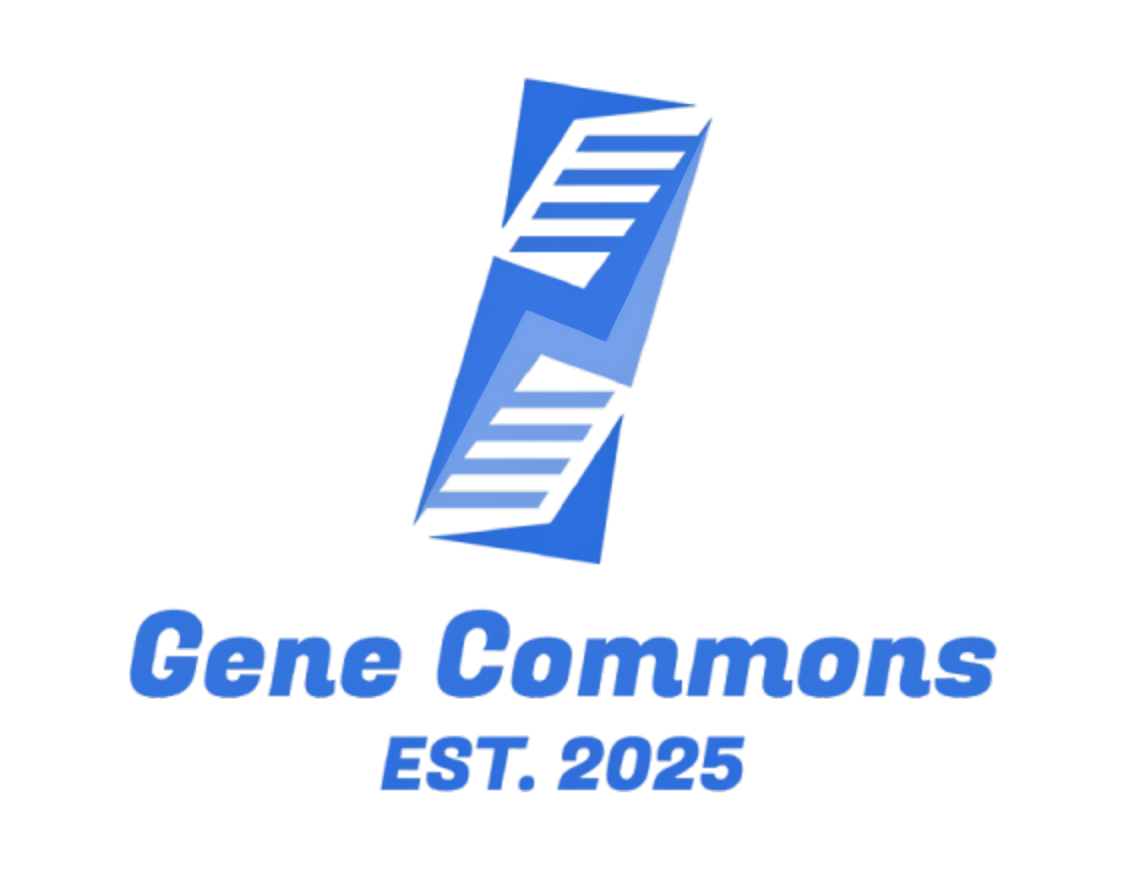Introduction
Non‑Invasive Prenatal Testing (NIPT) has revolutionized prenatal screening by enabling the detection of common aneuploidies through a simple maternal blood sample. But behind every “high risk” or “low risk” result lies complex statistical modeling: most notably involving tools like Z‑scores and Log‑Likelihood Ratios (LLRs). While both aim to assess whether a fetus may have a chromosomal abnormality, they stem from different statistical philosophies and offer distinct advantages.
In this article, we explore what Z‑scores and LLRs really mean, why LLR = 0 isn’t enough, and how negative LLRs and Z‑scores play a role in conditions like Turner syndrome. Understanding these metrics not only sharpens clinical interpretation but also builds trust in how NIPT results are derived.
What is LLR (Log‑Likelihood Ratio)?
The Log‑Likelihood Ratio (LLR) is a general statistical metric used to compare the fit of two competing hypotheses (or models) to a given dataset.
Log-Likelihood Ratio
LLR = log (P H₁ / P H₀)
P H₁ – Probability of the alternative hypothesis
P H₀ – Probability of null hypothesis
What does it mean?
- LLR > 0 → The data fits Hypothesis 1 better (supports the alternative).
- LLR < 0 → The data fits Hypothesis 0 better (supports the null).
- |LLR| large → Stronger evidence in favor of one hypothesis over the other.
LLR in NIPT
What does LLR mean in this context?
LLR compares two hypotheses:
- H₀ (null): The fetus is euploid (normal number of chromosomes).
- H₁ (alternative): The fetus has an aneuploidy (extra or missing chromosome).
The LLR value is the logarithm of the ratio of probabilities:
- If LLR > 0, the data favors aneuploidy.
- If LLR < 0, the data favors euploidy.
- The magnitude of the LLR indicates how strongly the data supports one hypothesis over the other.
All aneuploidies will have a high positive LLR value (even Turner syndrome, where one chromosome is absent). The LLR value will be significantly high (on the positive side) in trisomies like Down syndrome and in monosomies like Turner syndrome.

Z‑Scores in NIPT
A Z‑score measures how far the observed value for a chromosome deviates from the mean of a reference population in units of standard deviation.
Z-Score
Z = (Xobserved – μ) / σ
Where:
- Xₒbserved = observed proportion of reads mapping to a chromosome (e.g., chr21)
- μ = mean of that proportion in euploid pregnancies
- σ = standard deviation of the euploid reference population
Example:
Suppose the expected fraction of chr21 reads is 1.20% (SD = 0.02%), and your sample has 1.26%.
This means the chr21 fraction is 3 standard deviations above the norm, which is statistically significant (usually Z > 3 implies high risk for trisomy 21).
In Turner syndrome, where a chromosome is absent, the Z‑score will be negative.
Why Labs Use Z‑Scores
Simplicity and interpretability
- Z‑scores are widely understood and easy to calculate.
- Thresholds are straightforward: usually Z > 3 or Z < –3 is considered abnormal.
Standard in early NIPT methods
- First‑generation NIPT algorithms (from companies like Sequenom, BGI, LifeCodexx) used Z‑score–based methods.
- These methods employed whole‑genome or targeted sequencing and compared each sample’s chromosome representation to a euploid reference dataset.
Key Differences
- Z‑scores indicate both positive (trisomy) and negative (monosomy) deviations, while LLR consistently gives high positive values for any type of aneuploidy, making interpretation less nuanced in Z‑score terms, but more intuitive in LLR’s probabilistic framing.
Disclaimer:
Genecommons uses AI tools to assist content preparation. Genecommons does not own the copyright for any images used on this website unless explicitly stated. All images are used for educational and informational purposes under fair use. If you are a copyright holder and want material removed, contact doctorsarath@outlook.com.
Join Our Google Group
Join our google group and never miss an update from Gene Commons.



One response
[…] Z-Scores vs. LLR in NIPT: Decoding the Statistics Behind Prenatal Screening […]